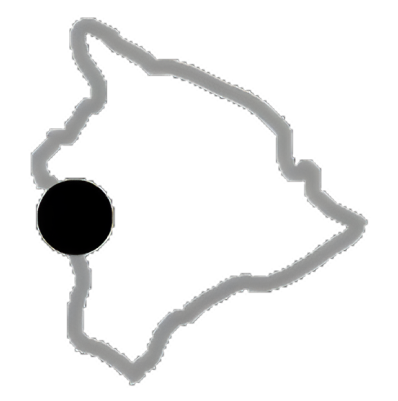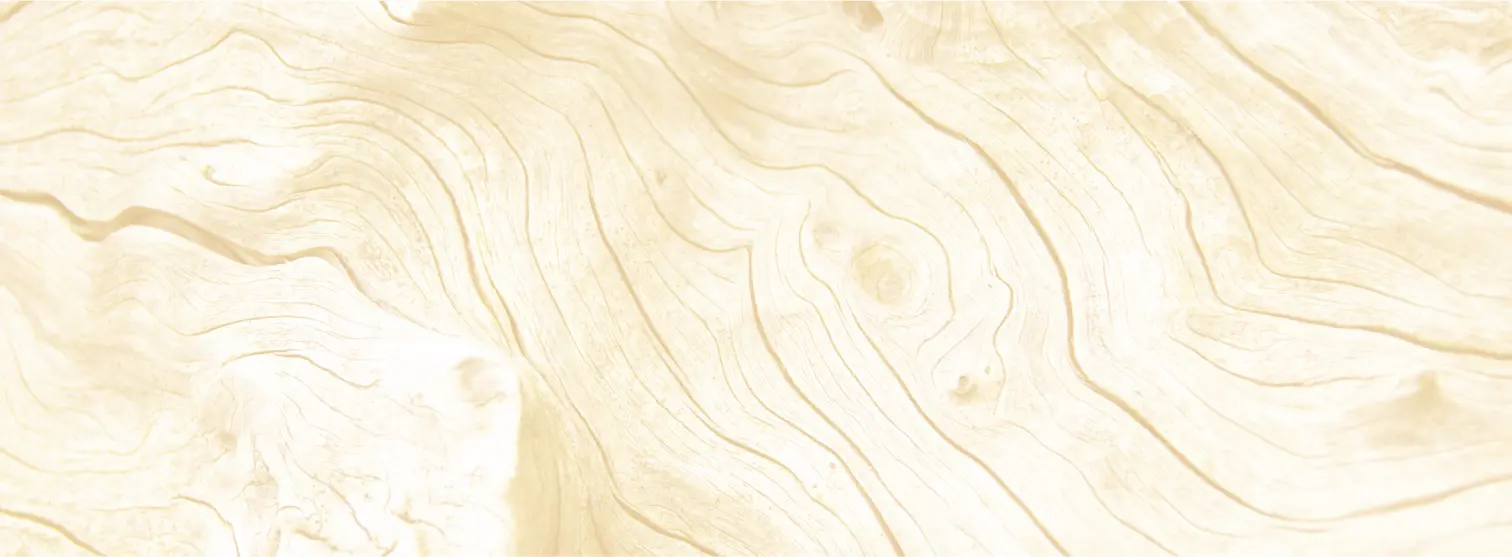Achatinella
The Hawaiian snail’s life cycles are fascinating. Their reproductive rate is terribly slow. Each snail, which lives about ten years, takes five or seven of those years to become sexually mature. They are hermaphrodites, each individual is both male and female. Other snails around the world are hermaphroditic and are self-fertilizing, but our snails still take two to tango. Two hermaphrodites get together, couple, and both go away pregnant. They then give live birth one at a time. This happens just a few times a year.
Their diet is also a bit unusual. Most snails eat their host plants. A snail infestation in the densities that once existed here would have denuded the native forests. The Hawaiian snails don’t eat their host plant though. They are fungus eaters and are especially fond of black sooty mold. By gleaning the leaves of mold they assist in photosynthesis and keep the plants healthy.
John T. Gulick – 1889
The achatinella, in evolutionary circles, are quite famous. Over 35 species once existed on Oahu. These snails are not very ambulatory. Some are thought to stay in the same tree their whole life. It was easy for populations to become isolated and change. As individuals became isolated along a ridge top, valley, or cliff side they changed and developed into a different species. Each species has its own spiral coloration. John T. Gulick, a missionary’s son and avid collector, noted this geographic phenomena and in an oft-quoted line stated, “These snails did not come from Noah’s ark.” He suggested to Darwin that isolation was a key ingredient in the development of species. Darwin disagreed at the time, but the isolated snails prevailed.
Out of the three dozen or so species of achatinella, twenty are now extinct. The rest are on the endangered species list. Some species have but a handful of individuals left. Carelia, an endemic genus to Kauai and Niihau are thought to be completely extinct. The Big Island once had several species of partulina covering most of the island. A few years ago Lisa Hadway went looking for them in our forests where they had been documented in the past and found just one population in a small pocket of forest in Kohala. Several factors have led to the snail die-off.
Starting about 1850 a snail collecting craze hit the islands. Many of the shells are brilliantly colored. With swirls of yellow, brown, gold, and russet bands, the smooth shell texture accents the colors spectacularly. Residents rode through the forests picking them from the trees and filling up saddle bags with these tiny creatures. They were not hard to find. One early explorer from the 1830’s noted, “nature has placed countless land snails instead of insects on the leaves of trees.” Some collections were said to contain tens of thousands of specimens. John Culliney in Islands in a Far Sea, quotes the missionary Alexander describing a group of Punahou students, “They are all infected with a conchological fever and daily traverse the ravines in quest of land shells.” This intense collecting of such a slow reproducing creature was disastrous.
Predation has also played a significant role. Once rats made it to the islands, they found the snails to be quite delicious. Even more insidious than rats was the deliberate introduction of the carnivorous snail Euglandia to the islands. Originally brought to the islands and released in 1955 to control the alien African snail, which is an agricultural pest and an intermediate host for cattle liver fluke, it soon found the Hawaiian snails easy prey. In a few years the euglandia made its way from the lowlands up into the native forests and remaining pockets of native snails disappeared.
Today, the beautiful and uniquely evolved tree snails of Hawaii are in desperate shape. The collectors are gone but the tiny amount of native habitat left is populated with rats and carnivorous snails. The fate of these remarkable creatures looks dim. While malacologists, conservationists and evolutionary biologists find extreme interest in animals such as “Snot with a Hat”, the general public are more concerned with larger and flashier critters, like our endangered birds. There is though a tiny captive population of Partulina physa at a University of Hawaii lab. It’s difficult to imagine the funding for a captive breeding program for snails like the bird program which attracts lots of attention and money. Despite this, the snails of Hawaii are equally as beautiful and evolutionarily significant as any of the Hawaiian fauna. They’re just a bit slimy.
Three plates of snails found in the Hawaiian islands as found in Addison Gulick’s book “John Thomas Gulick – Evolutionist and Missionary”.


